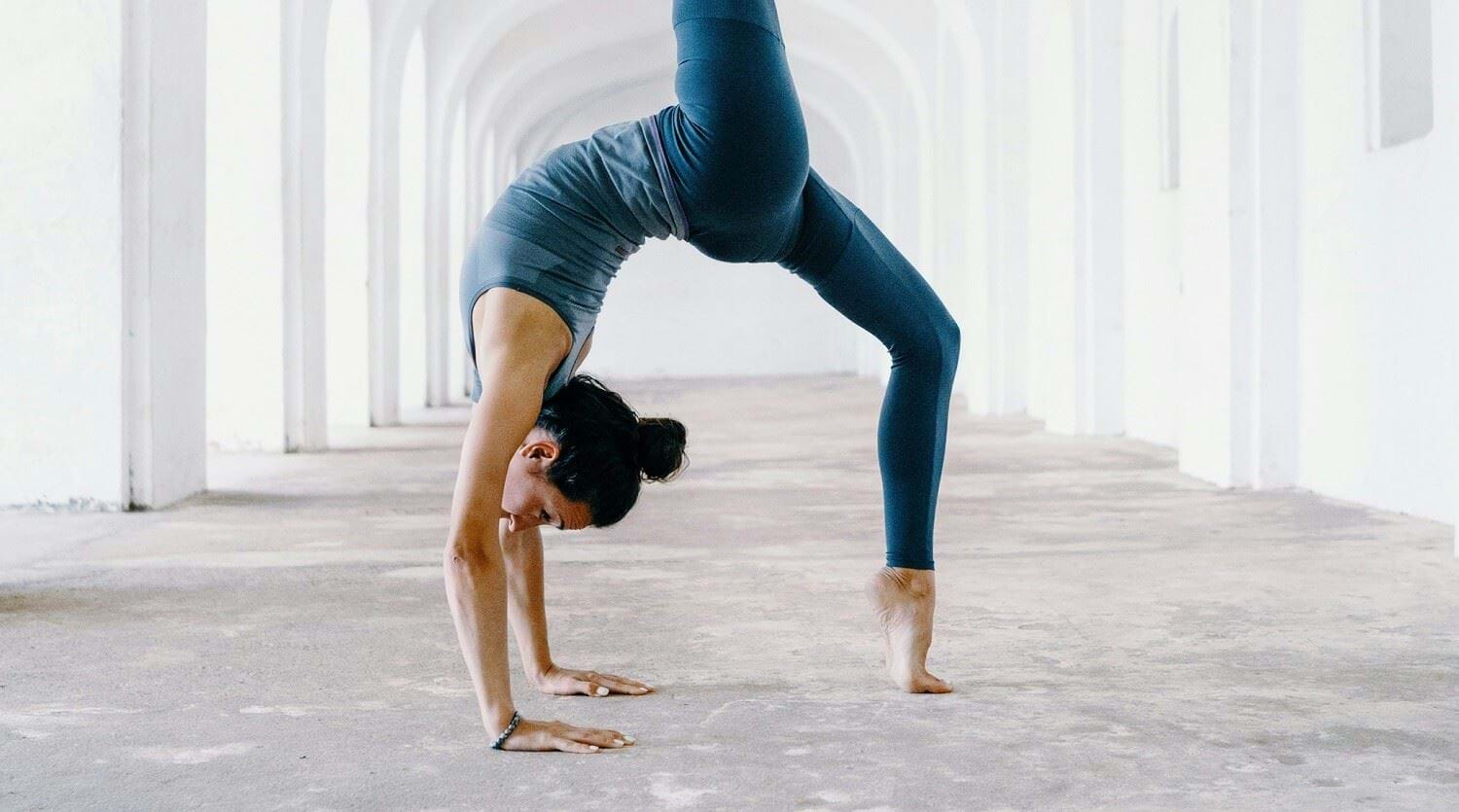
Understanding Flexibility vs Mobility: Key Differences and Benefits
Flexibility refers to your muscles' and ligaments' ability to passively stretch, while mobility is your joints' ability to actively move through a full range of motion using muscular strength. Both are essential for optimal physical performance and injury prevention.

Woman stretching in fitness studio
Key Differences:
- Flexibility: Passive stretching controlled by the nervous system
- Mobility: Active movement requiring muscular strength and control
Examples illustrating the difference:
- Standing splits (mobility) vs. floor splits (flexibility)
- Weighted deep squats (mobility) vs. supported deep squat hold (flexibility)
- Active cobra using back muscles (mobility) vs. cobra using arms (flexibility)
Benefits of Training Both:
- Increased range of motion
- Lower injury risk
- Enhanced muscle strength
- Improved balance and coordination
- Greater body control and confidence
Testing Your Mobility and Flexibility:
- Sit and reach test (hamstring/lower back flexibility)
- Active leg raise (hamstring flexibility/hip flexor strength)
- Shoulder rotation wall test
- Standing shoulder flexion test
Effective Training Methods:
- Static stretching (hold 20+ seconds)
- Dynamic stretching (moving stretches)
- Active stretching (10-20 seconds using muscle engagement)
- Strength training with full range of motion
- Joint mobility exercises
Sample Daily Routine (10 minutes):
- Joint circles (20 seconds per joint)
- Cobra raises and holds
- Shoulder dislocates
- Deep squat to forward fold
- Cossack squats
- Low lunge variations
- Pigeon pose
- Standing forward fold
- Puppy pose
- Butterfly pose
- Seated twist

Woman in split position at gym
For optimal results, combine both flexibility and mobility training in your fitness routine. If you're hypermobile, focus more on mobility and strength. If you're very stiff, prioritize flexibility before advancing to mobility work.

Woman in yoga bridge pose

Cyclist stretching in yoga position

Woman doing yoga pose in garden
